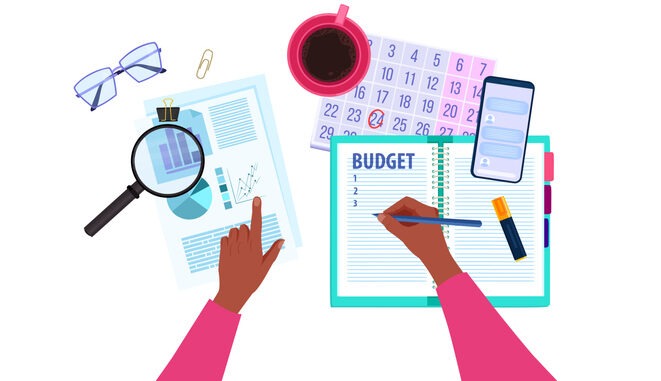
What considerations and processes must be considered when managing a school budget?
CREDIT: This is an edited version of an article that originally appeared on Lumos Learning
School administrators are tasked with the challenge of making sure their allocated funds are used in a way that effectively promotes student success and their resources must be utilised to maximise available resources. The decisions that are made as part of this process need to be transparent, and showcase best practice.
The biggest part of budget allocation is the consideration of staffing needs, based on student numbers, as well as how these numbers may change in the coming academic years. Maintaining sufficient employees without overstaffing should be planned for during the process; if this part of budget allocation is challenging, flexible staffing may be a way to maximise money.
Allocating funds requires considering several categories. These categories need specific budget lines and will vary based on the school size and particular demographics. Specific major budget categories include transportation, facilities, energy, health and safety, food services, curriculum and development, as well as counselling services.
During the budgeting process, make sure to align the budget with the school’s improvement plan. The plan shows where there is a need, and since there are not unlimited funds, one cannot neglect areas showing the need for improvement. Look for ways to get the most significant return on investment for those items that will be used to address the school’s improvement plan.
SBLs who are new to budgeting will want to understand the different resources the school has. Delegated funding can usually be used in whatever way the budget committee deems best; on the other hand, restricted money comes with conditions that must be followed. Meanwhile, capital funding is used to improve a long-term asset such as building upgrades or technology network upgrades. Finally, revenue funding is money that should be used within a year on things such as salaries, heating, routine repairs or office expenses.
While there are many aspects of creating a school budget that cannot be sufficiently covered in this article, there are some essential tips that should be emphasised.
Work together – different departments must find common ground to ensure that the best decisions are made for the students.
Use data – do not create a budget that is a reflection of ‘the way it has always been done’. Use tools to review budgets or to analyse data that should be included when making budget decisions.
Ask the hard questions – decide what is working and what needs to be changed in terms of appointments and other human resources topics.
Prioritise – think about what areas must be given top priority. Resource allocation requires a long-term curriculum strategy; the budget cannot focus on a single year. Maintain an organised, strategic process to generate a budget draft and then consider revisiting the budget with the appropriate people to make any changes. Evaluate and adjust the selection as needed to ensure there is a long-term vision in place for the next three-to-five years.
Budgeting is not a quick process. Many specific components must be considered when allocating a school‘s funds. Creating line-by-line expenses is essential to ensuring that a school is budgeted in a way that promotes student success with access to essential resources.


Be the first to comment